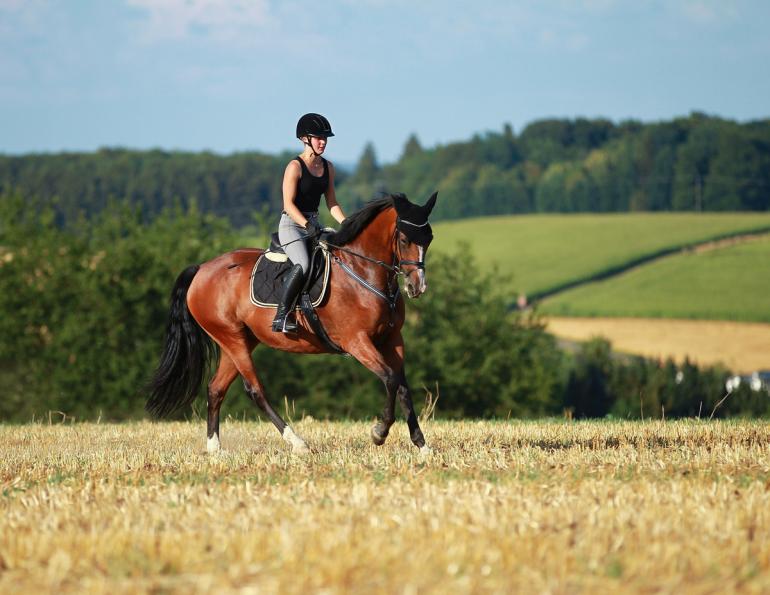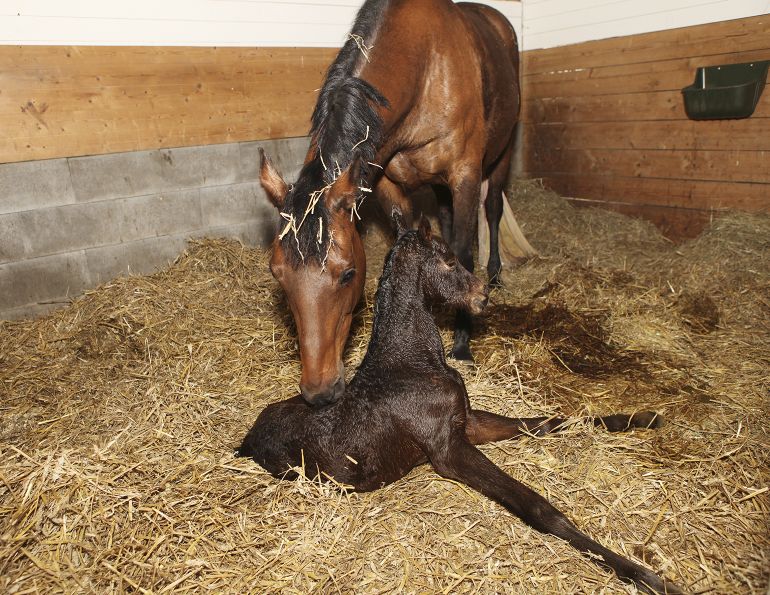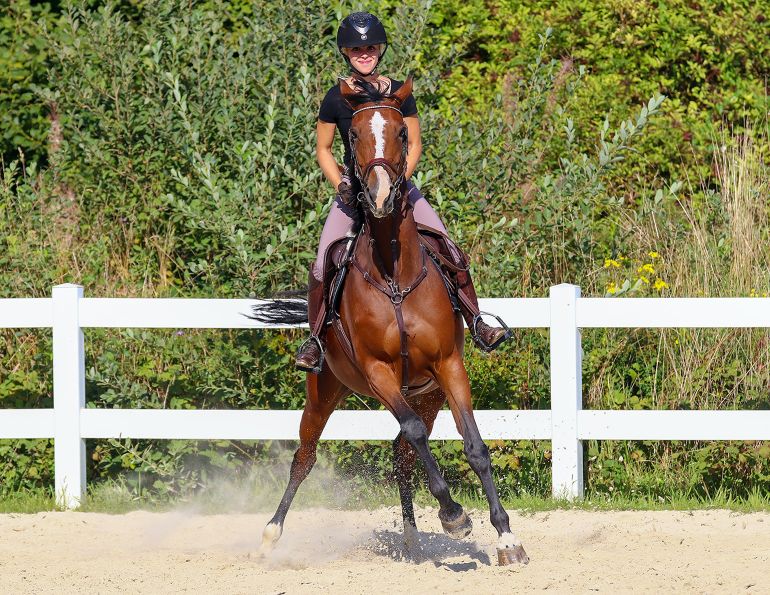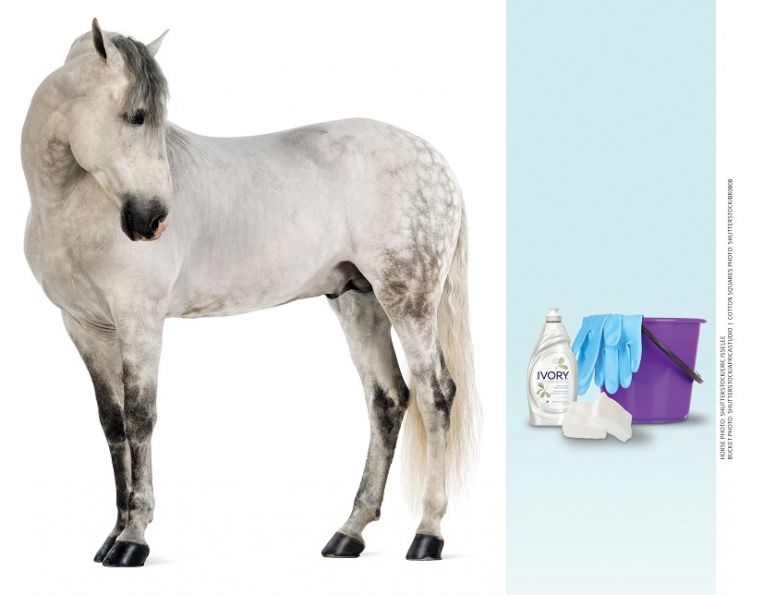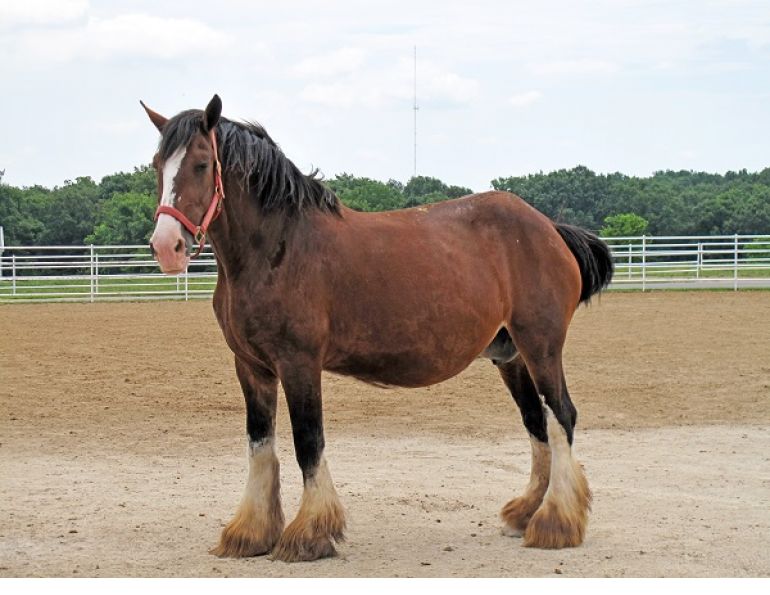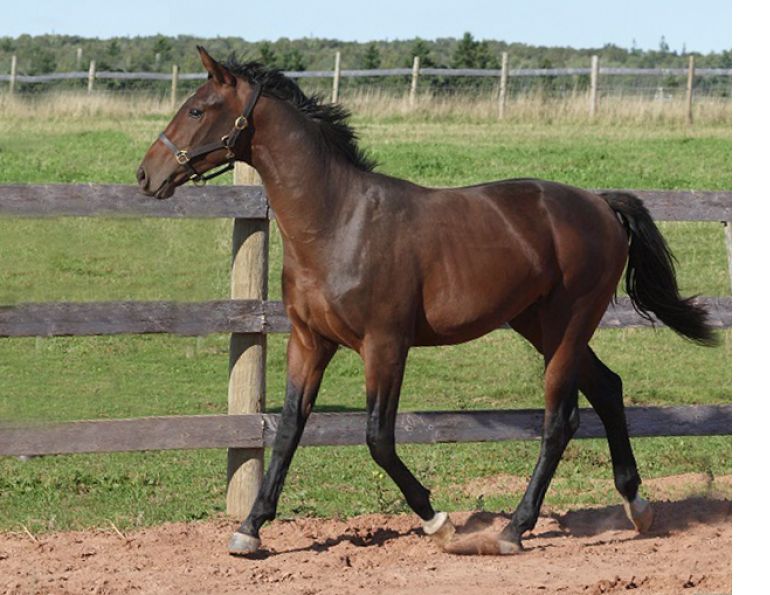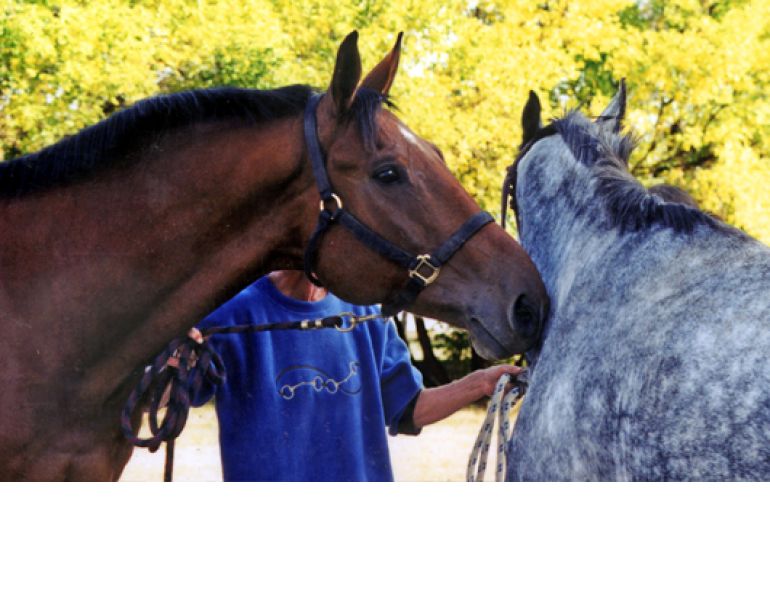By Mark Andrews
Male horses are usually castrated to moderate unwanted male behaviour and limit unintended reproduction.
Vasectomy, interrupting the vas deferens to prevent sperm being released, is an option to prevent breeding while still maintaining male behavioural characteristics. It is performed less frequently in horses than in other species.
However, a new technique has been described using laparoscopic (keyhole) surgery, which could make it a more popular option. Previously, the operation required general anaesthetic and open surgery.
Surgeons at the University of Zaragoza, Spain, have described a laparoscopic technique that can be performed in the sedated standing horse. In a paper published in the Veterinary Record, they report that the method takes about 20 minutes to complete for each side.
The operation is carried out with the stallions sedated and restrained in stocks. Three portals (small incisions through which the instruments and viewing scope pass) are used, at sites in the paralumbar fossae – the depression between the spine, ribs, and pelvis. A laparoscopic vessel sealing device is used to cut and seal the vas deferens at two points.
In a small study of four stallions, the authors found no evidence of recanalization of the vas deferens, and no sperm in the ejaculate two months after the operation.
They suggest that laparoscopic vasectomy can be performed successfully in standing horses in a short time, and without altering horses’ behaviour. They advise that more cases are needed to properly assess the long-term outcome of the procedure.
For more details, see: Application of a laparoscopic technique for vasectomy in standing horses. Vitoria, A., Romero, A., Fuente, S., Barrachina, L., Vazquez, FJ. Veterinary Record (2019) 185, 345.
Printed with permission of Mark Andrews, Equine Science Update.
Photo: Shutterstock/Grigorita Ko





